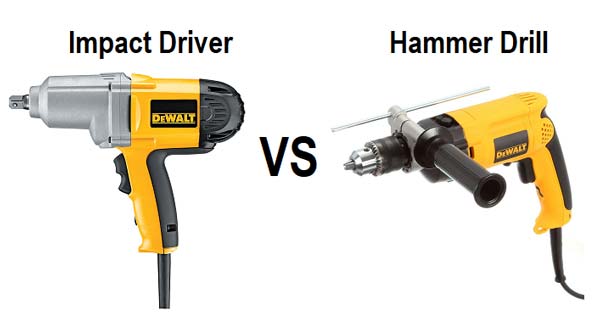


Hammer drills are useful for drilling through concrete, cement and other masonry. While impact drivers tend to be used for screws, impact wrenches are more commonly used with nuts and bolts. They are larger and use an anvil for a socket instead of a chuck for a hex bit that you find in an impact driver. Impact wrenches are motorized and use compressed air to apply the torque pressure. manufacturing or construction.Īn impact wrench is similar in function to an impact driver. Motorized impact drivers are used to replace screwdrivers for greater speed and ease of use in applications where a large number of screws may need to be used e.g. This is most effective for Philips screws (because they cam out), less effective for slot head screws and is not useful for most other types of screws. Striking the outer sleeve with a hammer results in torque being applied to the screw. A manual impact driver uses a heavy outer sleeve surrounding an inner core splined to it. There are two kinds of impact drivers - manual and motorized. This is not a problem in most cases but it is good to be aware of this limitation of impact drivers, not least because it is a common misconception that impact drivers do apply that forward force. In contrast, an impact driver only exerts torque and no longitudinal force to drive the screw forward.

IMPACT DRIVER VS POWER DRILL INSTALL
However, note that screwdrivers exert both torque and the forward motion to install the screw. Rotary hammers use electro-pneumatic hammering, where the piston and hammer do not touch, but where air pressure transfers the energy.Īn impact driver exerts perpendicular pressure (torque), which is the same motion required to screw or unscrew fasteners. Cam-action drills have a mechanism where the entire chuck and bit move forwards and backwards on the axis of rotation. They can either have “cam-action” or “electro-pneumatic” hammering. A construction worker hammer drilling a brick wall Mechanism and Types of Hammer Drills and Impact DriversĪ hammer drill has more direct forward force – like a hammer.


 0 kommentar(er)
0 kommentar(er)
